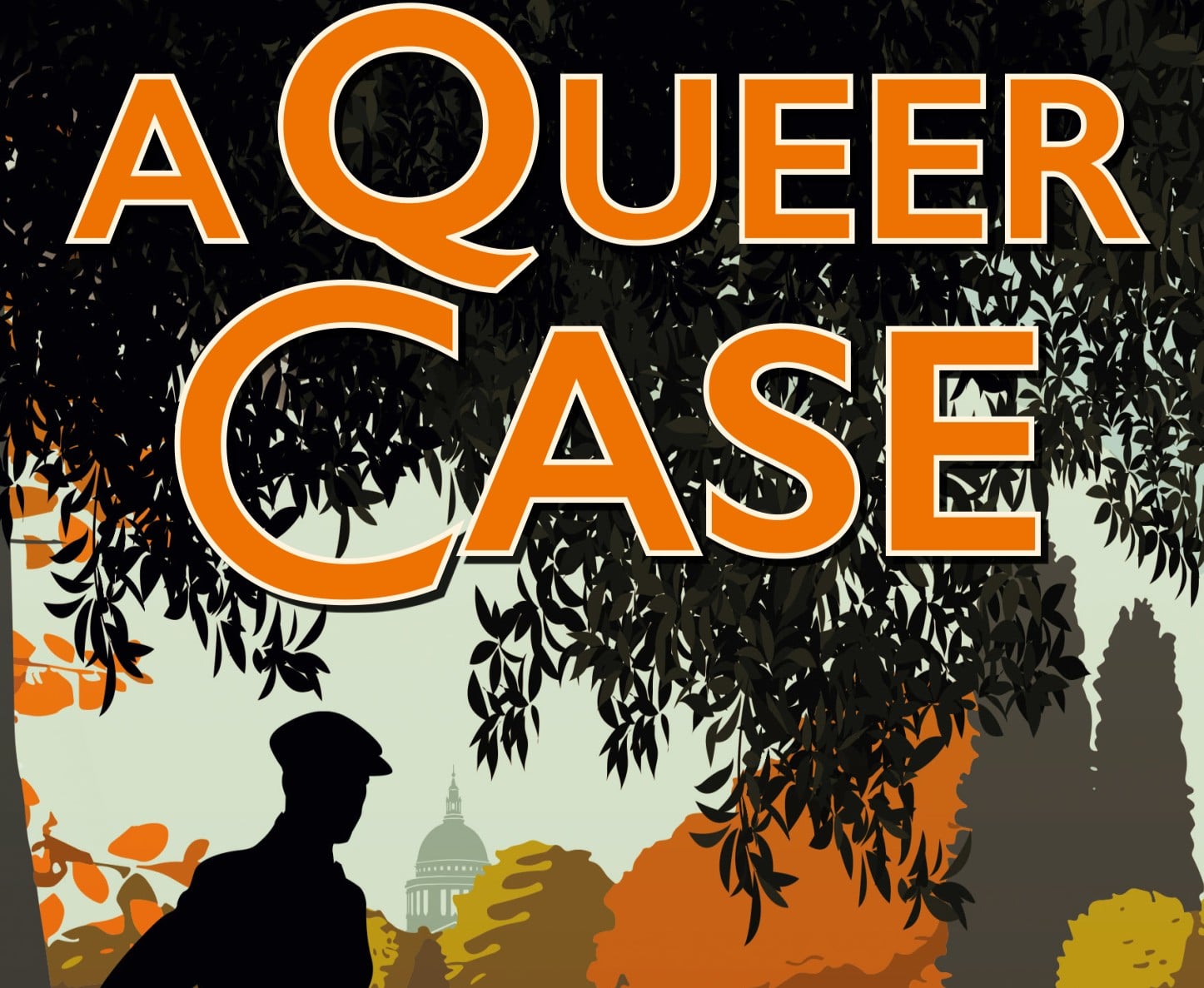To slow the effects of climate change, conserve biodiversity, and meet the sustainable development goals, replanting trees is vital. Restored forests store carbon within the forest’s soil, shrubs, and trees. Mixed forests are especially effective at carbon storage, as different species with complementary traits can increase overall carbon storage. Compared to single-species forests, mixed forests are also more resilient to pests, diseases, and climatic disturbances, which increases their long-term carbon storage potential. The delivery of other ecosystem services is also greater in mixed species forests, and they support higher levels of biodiversity. Although the benefits of diverse forest systems are well known, many countries’ restoration commitments are focused on establishing monoculture plantations.
Linacre Junior Research Fellow, Dr Emily Warner, a postdoctoral researcher in ecology and biodiversity science at the Department of Biology, said;
“Diverse planted forests store more carbon than monocultures – upwards of 70%. We also found the greatest increase in carbon storage relative to monocultures in four-species mixtures.”
The researchers analysed studies published since 1975 that directly compared carbon storage in mixed and single-species forests, and combined this with previously unpublished data from a global network of tree diversity experiments. “We wanted to pull together and assess the existing evidence to determine whether forest diversification provides carbon storage benefits,” Warner explained.
The full paper published in the journal Frontiers in Forests and Global Change can be read here.


















